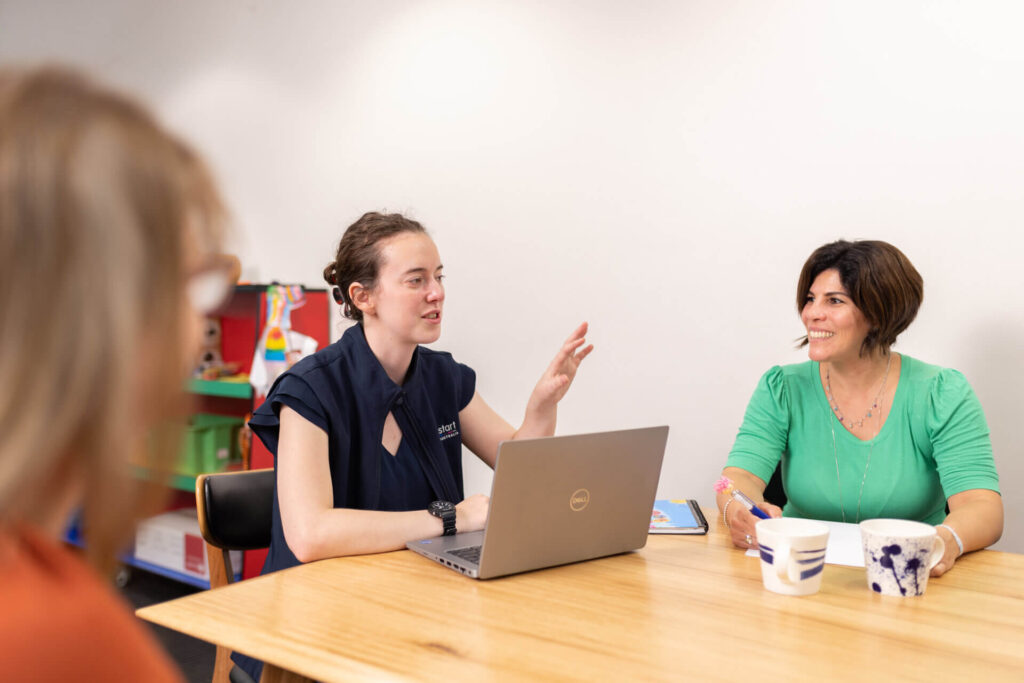10 engaging visual perception activities for kids to boost skills
As parents and educators, we’re always on the lookout for ways to help our children develop important skills.
One such skill is visual perception, a vital aspect of a child’s cognitive development that enables them to process and interpret information from the world around them, and something we all use in everyday tasks.
Kids use visual perceptual skills every day, whether arranging their maths problems, reading or simply recognising faces.
Visual perception activities for kids are a great way to help bolster these skills, and they can be incorporated easily into everyday life, and there are a ton of visual perception activities for kids you can introduce that will increase their ability.
Why are visual perception skills so important?
Developing visual perception skills is crucial for a child’s cognitive development and daily life.
These skills enable children to process and interpret information from the world around them, which is essential for learning, problem-solving, and everyday activities like reading, writing, and sports.
Visual perception skills also play a vital role in a child’s spatial awareness and fine motor skills, contributing to their overall physical and cognitive abilities.
By engaging children in activities that enhance their visual perception skills, we can boost their cognitive development and make learning more enjoyable.
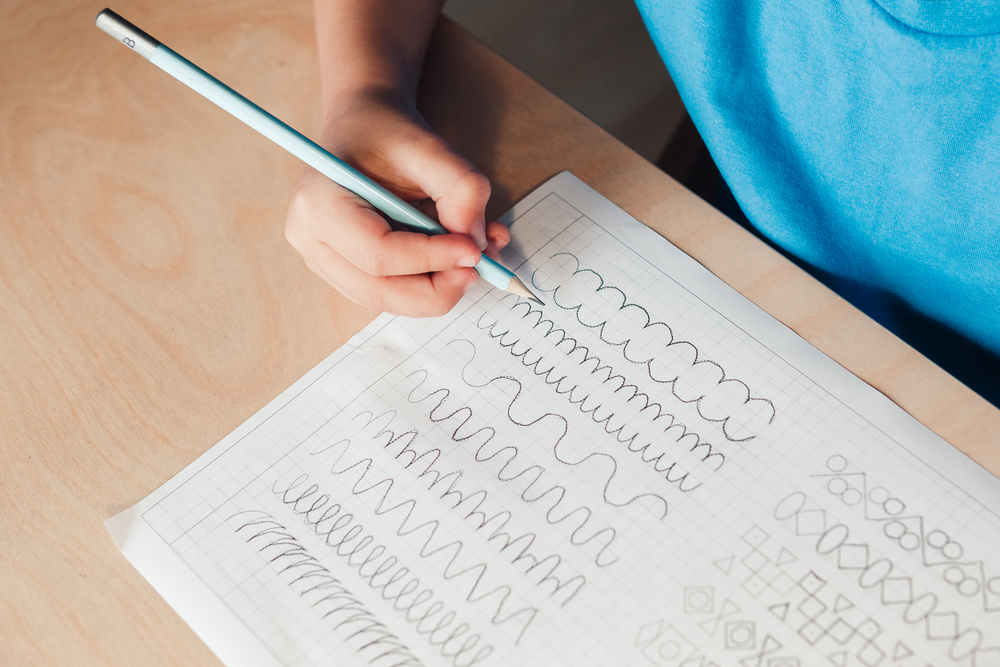
10 engaging visual perception activities for kids
1. Puzzle games
Puzzles are an excellent way for children to develop visual discrimination and spatial awareness skills.
There are various types of puzzles available, such as jigsaw puzzles, crossword puzzles, and Sudoku, catering to different age groups and skill levels. Word games such as scrabble, boggle and bananagrams are also great.
Select age-appropriate puzzles and encourage your child to complete them regularly for maximum benefit.
2. Spot-the-difference
Spot-the-difference games are not only fun but also help children develop their visual discrimination skills.
These games require kids to identify subtle differences between two similar pictures. You can find printable spot-the-difference games online or create custom games using images that interest your child.
3. I Spy
I Spy is a classic game that promotes visual perception skills, especially visual figure ground perception by requiring children to identify objects based on specific descriptions.
You can adapt the game to suit different age groups by adjusting the difficulty of the descriptions or the objects in the environment.
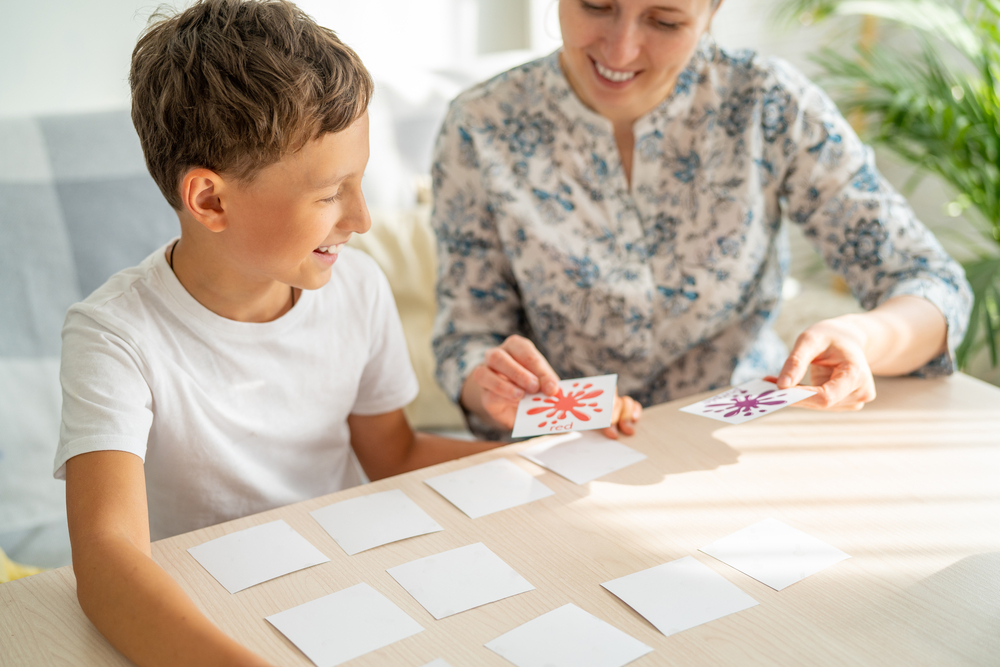
4. Memory games
Memory games help children develop their visual memory skills by recalling and matching pairs of identical images.
Create personalised memory games using images that your child finds interesting, such as their favourite cartoon characters or animals.
You can even help with visual sequential memory by having your child remember the sequence of certain objects and put them in the correct order.
5. Mazes
Mazes are a fun way for children to develop their spatial awareness and problem-solving skills.
You can find maze books, printable resources, or online maze games suitable for different age groups and complexity levels online.
6. Sorting and organising activities
Sorting and organising activities promote visual perception skills by requiring children to categorise objects based on specific characteristics, such as size, shape, or colour.
Create engaging sorting activities using everyday items like buttons, toys, or coloured paper.
7. Tracing and drawing activities
Tracing and drawing activities help children develop their visual-motor integration skills, which are essential for tasks such as writing and tying shoelaces.
Provide age-appropriate tracing and drawing exercises, like simple shapes for younger children and more complex patterns for older kids.
8. Tangram puzzles
Tangram puzzles are an ancient Chinese puzzle game that requires children to arrange geometric shapes into specific configurations. Solving tangram puzzles promotes visual perception skills like spatial awareness and visual closure.
Incorporate tangrams into playtime and challenge your child to solve different puzzles.
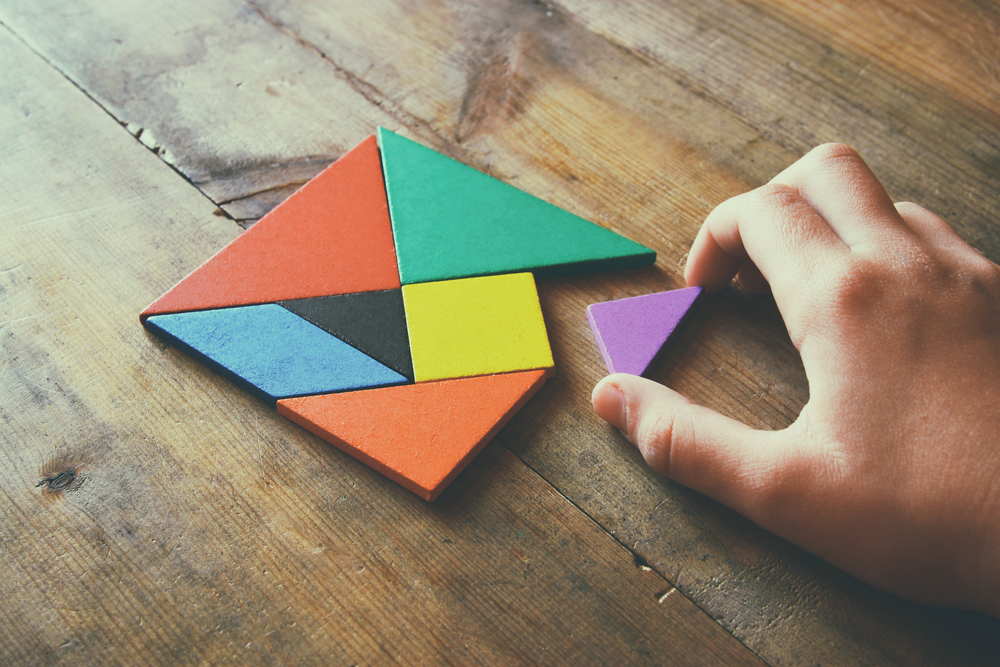
9. Visual scavenger hunts
Visual scavenger hunts encourage children to use their visual perception skills to locate specific objects or images in their surroundings.
Create themed scavenger hunts based on your child’s interests, like a nature-themed hunt in a park or a book-themed hunt in a library.
10. Block building and pattern activities
Block play is not only enjoyable but also beneficial for visual perception, spatial and motor planning development.
Encourage your child to create patterns and structures using blocks, which helps develop their visual discrimination and spatial awareness skills.
Tailor activities to different age groups and skill levels
It’s important to remember that children develop at different rates, so it’s essential to tailor the activities mentioned above to your child’s age and skill level.
Here are some tips on how to adapt the activities for younger and older children.
Strategies for adapting activities to younger children (ages 3-6)
For younger children, simplicity is key.
Choose activities with fewer steps and simpler concepts.
For example, when playing memory-matching games, use fewer pairs of cards with easily recognisable images.
In sorting activities, start with basic categories like colours or shapes, and gradually introduce more complex categories as your child’s skills develop.
You can also help develop visual form constancy by having your child point out different shapes in different contexts, like a circle in different sizes, at different angles, or in different locations on the page.
Strategies for adapting activities to older children (ages 7-12)
Older children may require more challenging tasks to keep them engaged and motivated.
Increase the difficulty of the activities by adding more steps, complexity, or time constraints.
For instance, when playing I Spy, use more intricate descriptions or ask your child to find multiple objects based on a single clue.
In block building and pattern activities, encourage older children to create more complex structures or replicate intricate patterns.
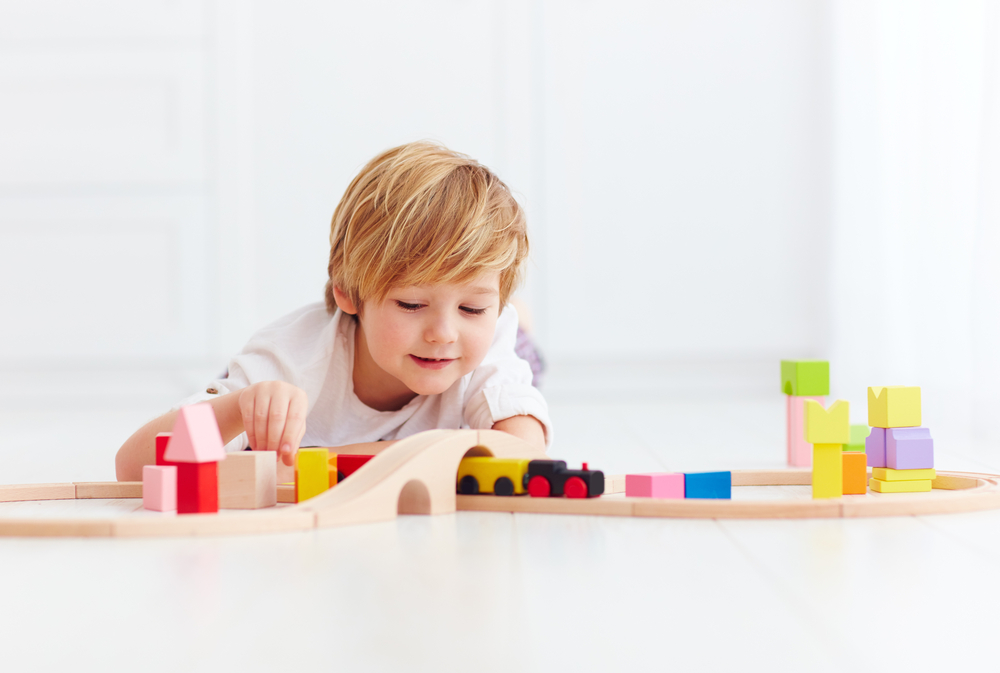
Integrate visual perception activities into daily routines
Incorporating visual perception activities into your child’s daily routine doesn’t have to be complicated.
Here are some suggestions on how to seamlessly integrate these activities into various aspects of your child’s life.
Visual perception activities in playtime
Make playtime educational and engaging by incorporating visual perception activities into your child’s favourite games.
For example, set up a themed scavenger hunt during a playdate, or use tangram puzzles as a fun and educational alternative to traditional board games.
Visual perception activities in academic settings
If you’re a teacher, you can also integrate visual perception activities into your lesson plans.
For example, use sorting and organising activities to teach mathematical concepts like sorting and grouping, or incorporate mazes and puzzles into language arts lessons to teach problem-solving and critical thinking skills.
Involve parents, educators, and caregivers
Encourage collaboration between parents, educators, and caregivers to provide a consistent and supportive environment for your child’s visual perception development.
Share tips, resources, and experiences with one another to foster a sense of community and ensure your child receives the support they need to succeed.
Is your child experiencing visual perception difficulties?
Visual perception skills are essential to a child’s cognitive development, and engaging them in fun and educational activities can significantly boost their skills in this area.
If these visual perception activities for kids have yet to help or your child is struggling, reach out to our friendly team to explore children’s occupational therapy. We can help your child develop their skills and reach their full potential. Get in contact today!








